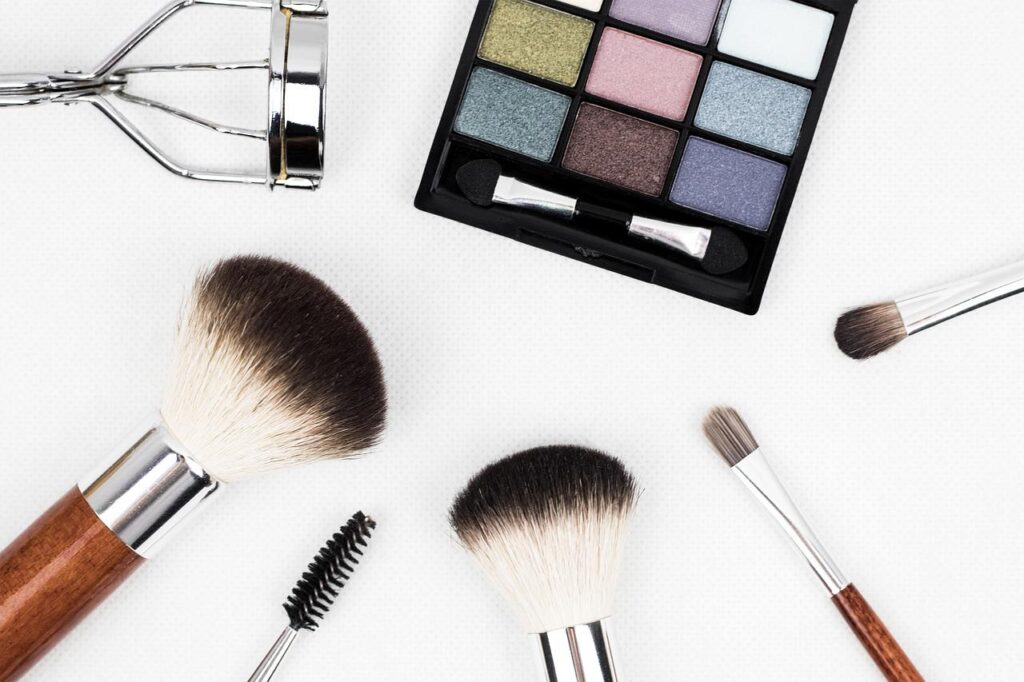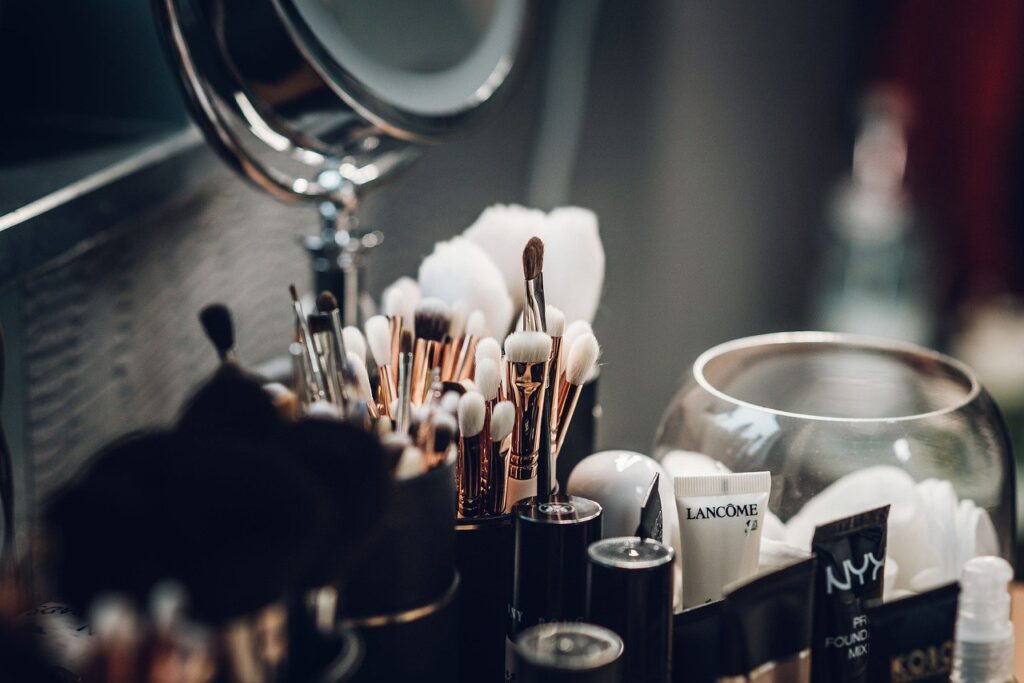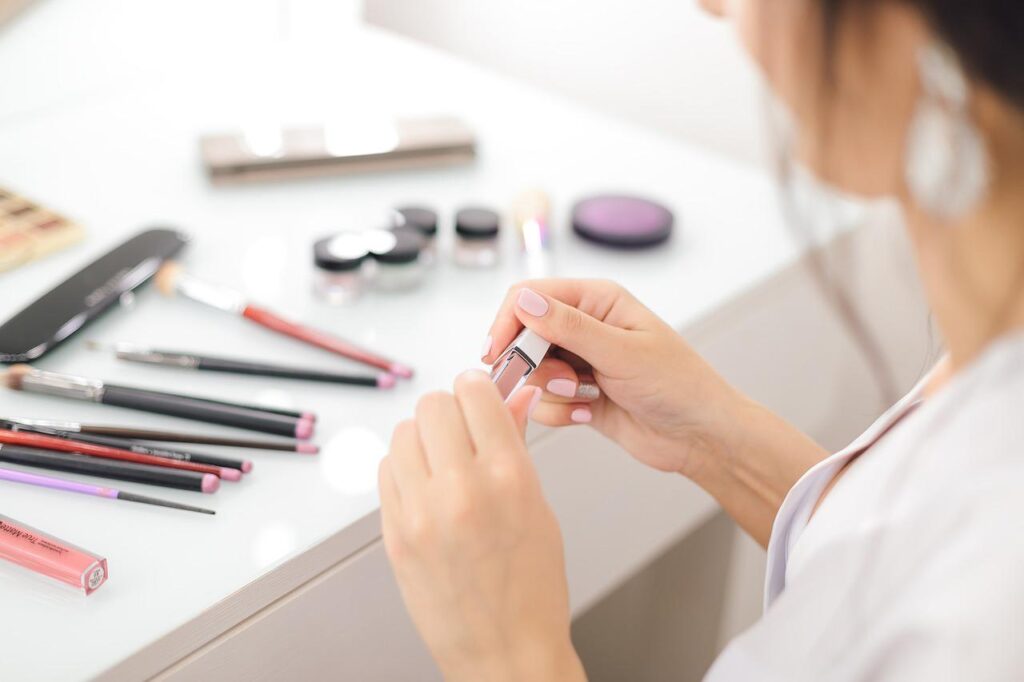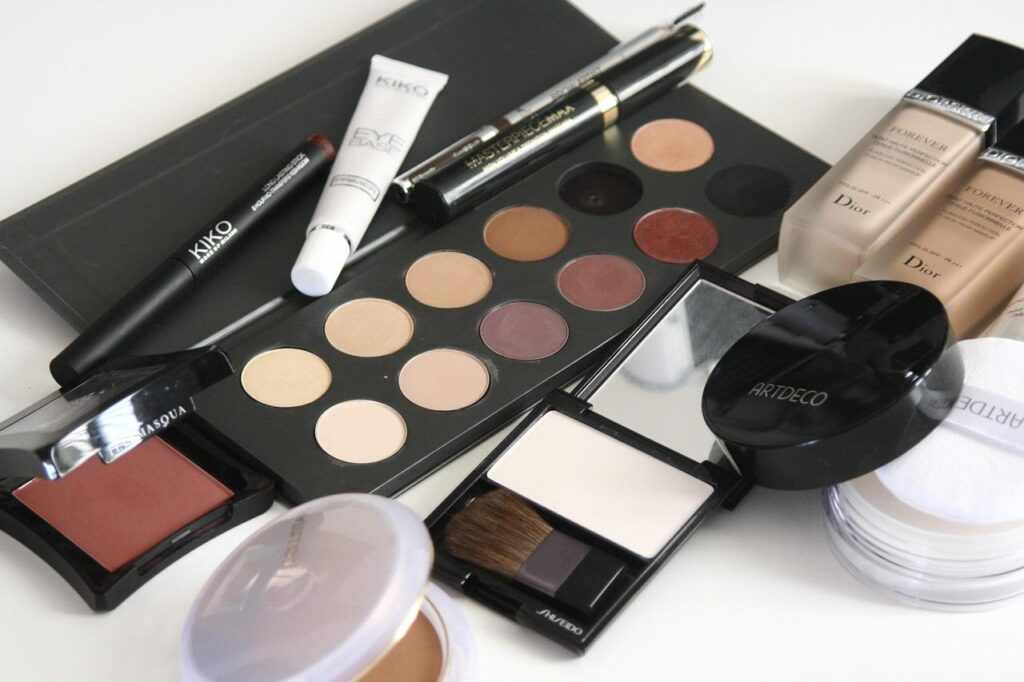Recently, the 90-year-old American beauty brand Revlon officially filed for bankruptcy protection. As a result, the topic of “Revlon filing for bankruptcy” hit Weibo on June 16.
Revlon once lost the Chinese market and entered again
Revlon has long targeted the Chinese market. As early as 1996, Revlon entered the Chinese market. It was one year earlier than L’Oreal entered the Chinese market.
When Revlon entered the Chinese market, it got a poetic Chinese name “Lu Hua Nong”. The name comes from the famous poem by the great poet Li Bai in praise of Concubine Yang: Clouds like clothes and flowers, and the spring breeze blows on the threshold of Revlon.
After Revlon entered the Chinese market, it became popular with international brands and relatively cheap prices. It was very popular by young and fashionable female consumers. It can be said that Revlon is a beauty enlightenment brand for many women born in the 1980s, and is known as “the first lipstick for Chinese women”.
Revlon sold 650,000 yuan at the Parkson counter on Huaihai Road in the first month of opening. Since then, Revlon has expanded stores in Beijing, Guangdong, Shaanxi and other areas. Moreover, it has also entered more than 300 Watsons stores across the country. By 1998, Revlon had opened more than 600 outlets in China, with sales reaching 200 million yuan.
In the era of traditional supermarkets, Revlon was a star beauty brand. However Revlon wasn’t as successful as people thought.
At the end of 2013, Revlon announced its exit from the Chinese market. However in 2016, Revlon opened an overseas flagship store on Tmall and quietly returned to the Chinese market through cross-border sales.
In July 2019, Revlon opened another official flagship store on Tmall. At that time, many loyal consumers of Revlon also shouted: Welcome back!
However, even today, Revlon’s presence in the domestic beauty market is still not strong.

Why is Revlon still mediocre in the Chinese market?
Revlon’s re-entry is still far below expectations in the Chinese market. From the perspective of Deep Digital China, there are mainly the following reasons:
Firstly, Revlon was not accustomed to the Chinese market, and its localization strategy was unsuccessful.
Although the name is very Chinese, and it has also launched a brand localization strategy, it still faces the problem of acclimatization. For example, it still chooses global brand advertising and marketing strategies in China. Moreover, the foreign executives who are in charge of Chinese market are not familiar with the Chinese market at all.
When it returned to the Chinese market for the second time, Revlon further accelerated its localization marketing strategy. As a beginning, it invited Liu Yuning as spokesman. In 2020, it also entered Luo Yonghao’s live broadcast room. Nevertheless, the localization strategy is still insufficient.
Secondly, the brand positioning is not clear.
Revlon is an old-fashioned international beauty product giant. It entered the Chinese market relatively early, but its positioning has been unclear or even vague. From the perspective of brand image, Revlon is an international brand. From the perspective of product positioning, it belongs to the middle class.
Although the quality is good and they are cost-effective. In the early stage of the market, a large number of consumers still considered Revlon as substitutes for big brands.
Revlon had advantages on products and brand in the early stage. However, as the Chinese beauty product market becomes more and more mature, its advantages will gradually disappear.

Thirdly, the fierce market competition.
Revlon entered the Chinese market earlier and took the lead in the market. But when L’Oreal, Estee Lauder and other similar brands entered the Chinese market, fierce competition rised. Revlon didn’t have outstanding advantages. As a result, it market share became less and less.
Fourthly, the strong rise of domestic beauty brands has directly seized the market share of Revlon.
China’s consumer market has entered a new era of domestic trends. A number of new domestic brands, including Perfect Diary and Huaxizi, have risen strongly. As a result, they are winning the trust of a new generation of young consumers, directly competing with Revlon’s products. In addition they are even directly forming a product substitution effect.
As an old-fashioned beauty product giant, Revlon is obviously a bit old-fashioned in terms of brand image and product characteristics. Because it was unable to capture the new generation of young consumers in China.
Lastly, the performance of the Chinese market is not good while the cost is high.
In addition to that, the global business is losing money. As it is now filing for bankruptcy, the future is unpredictable.
Revlon’s performance in the Chinese market is not very good. When Revlon withdrew from the Chinese market in 2013, the Chinese market business accounted for only 2% of its total annual revenue.
At the same time, the cost of marketing and operating expenses is huge. For example, the counter decoration masters are from Hong Kong, China. And also, the screws must be original French. Moreover, the foreign executives must live in executive suites on business trips. However, the revenue does not increase while the cost continues to increase. As a result, it was not possible to make ends meet.
Revlon’s financial report shows that between 2019 and 2021, Revlon’s losses amounted to $158 million, $609 million and $207 million, respectively. Bloomberg noted that tightening global supply chains and inflation have exacerbated Revlon’s woes.
But in DDC’s view, what is more important is that Revlon missed the golden age of China’s e-commerce development, and did not seize the opportunity of live broadcast delivery.
Revlon’s financial report shows that in 2021, net sales in the Chinese market only account for 5.5% of the global market.
Now that Revlon has officially filed for bankruptcy in the United States, Deep Digital China predicts that its business in the Chinese market will also be affected. It has already performed poorly and may even lose the Chinese market again.

Although Revlon files for bankruptcy, the beauty market is developing
Behind Revlon’s bankruptcy filing, although the growth rate of the global cosmetics market has slowed down due to the impact of the epidemic in the past two years, the total market size has remained above US$500 billion.
According to Euromonitor estimates, the global cosmetics market is expected to reach US$729.7 billion by 2026.
In the post-epidemic era, the economy of beauty will still be a bright spot in the market. People are willing to spend money on beauty. Coupled with the economic development of emerging developing countries in recent years, people’s spending power will continue to increase, and the demand for cosmetics will gradually expand. The cosmetics industry will develop in the future. The potential is huge.
Looking at the Chinese cosmetics market, not only the market size is still growing year by year, but the market growth trend will continue to maintain in the future. According to data from the National Bureau of Statistics, the retail sales of cosmetics in China will reach 402.6 billion yuan in 2021, an increase of 18.41% over 2020.

The consumption of beauty and personal care products, including beauty makeup, continues to grow. In today’s young age, the trend of diversification and high-end consumption of beauty products is obvious.
The middle class has upgraded from consuming low-end cosmetics to consuming high-end cosmetics. According to McKinsey’s survey data, 44% of consumers are willing to upgrade their consumption in cosmetics, ranking first in all categories.
Now that domestic beauty brands are on the rise, international cosmetics and beauty brands are increasing their efforts in the Chinese market, and the competition in the beauty market will further intensify.
How to beat the siege in the beauty market surrounded by strong enemies, please contact DDC for more advice.
